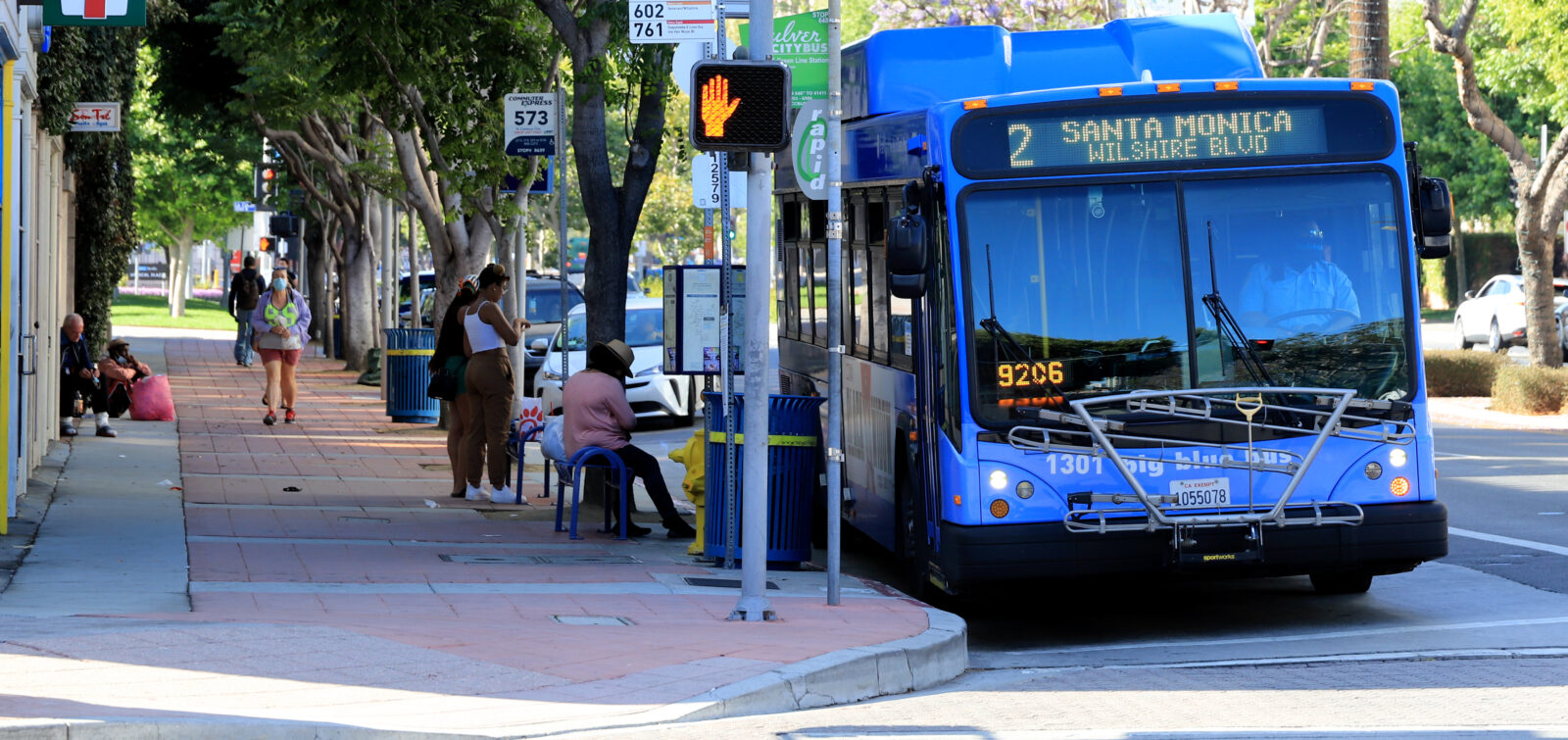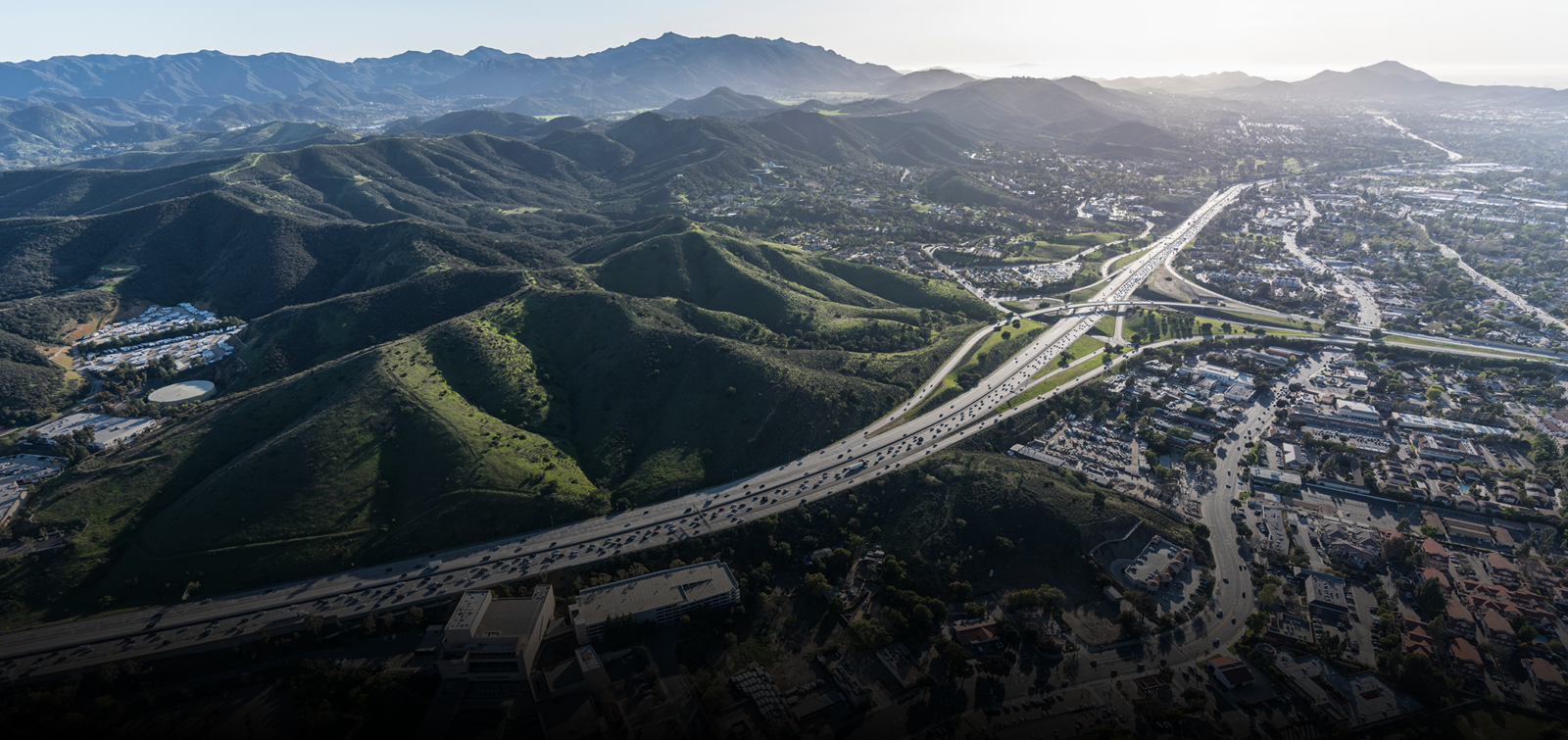Last fall, ESA welcomed Christine Fukasawa, a California Environmental Quality Act (CEQA)/ National Environmental Policy Act (NEPA) environmental planner and project manager with more than two decades of experience working on public and private developments, infrastructure, and transportation projects. Born in San Francisco and raised in the Bay Area, Christine’s work is focused on projects in Northern California. From managing the preparation of environmental documents to directing teams and facilitating consultation with regulatory agencies, Christine thrives in instances where she can work to solve problems and provide benefits to the local community.
Christine recently shared more about her background, work, and philosophy with us. Enjoy this introduction to Christine!
Q: Thank you for sitting down with us, Christine! ESA is thrilled to have you as part of the team. Can you tell us a little bit about your path to your role here and what drew you to a career in planning?
I have always been interested in the study of people and science, and considered pursuing a degree in psychology. Ultimately, I completed my degree in environmental studies, with a minor in Asian American studies. After an internship, I realized I could marry my interest in the sciences with a passion for work in the community. As an environmental planner and project manager, I get to experience a diversity of project types and work closely with technical experts. In what other profession can you work directly with landscape architects, biologists, historians, archaeologists, acousticians, and traffic engineers?
It is especially fulfilling to contribute to projects that physically “connect.” Sometimes this includes a new road or highway, the extension of a transit line, a bridge, or a pedestrian/bicycle path. In the transportation field, you get to work on many projects that are already funded and that actually get built. In my role at ESA, I will have the opportunity to connect public and private clients with our talented staff.
Q: What are a few projects that stand out most to you?
The cities and towns of the Bay Area are incredibly unique and I have had the privilege to live and work in many of them. However, they suffer from some of the worst congestion, maintenance, and lack-of-transportation infrastructure issues in the country.
The projects I have worked on for the Santa Clara Valley Transportation Authority (VTA) stand out for several reasons. As Santa Clara County’s congestion management and transportation agency, they provide bus, light rail, and paratransit services, but also are responsible for transportation planning and construction of specific highway, pedestrian, and bicycle improvement projects. Completed VTA projects I have worked on include the high-occupancy vehicle (HOV) lanes on Interstate 880 and interchange improvements on State Route (SR) 237 (Mathilda Avenue Interchange). In March 2024, the construction contract for the Eastridge to BART Regional Connector was unanimously approved. It is exciting to see projects you worked on come to fruition. Another interesting project I’ve worked on is the East Bay Greenway Project for the Alameda County Transportation Commission. This project would construct a 13-mile regional trail facility along the Bay Area Rapid Transit (BART) alignment between the cities of Oakland and Hayward. It has entered a second phase that would implement a linear park/trail, potentially sharing right-of-way with the Union Pacific Railroad. Construction of a linear park of this kind would be transformative, contributing to the safety and beautification of an underutilized area (under the BART aerial structures and adjacent to railroad tracks).
Q: Having managed the preparation of CEQA/NEPA environmental documents for dozens of projects, are there any upcoming changes to the laws that you are keeping an eye on?
The outcome of November’s election will certainly affect the implementation of environmental laws in the long term. Locally, we are seeing bills being proposed that relax the regulatory process by providing for temporary CEQA exemptions and tax breaks for certain kinds of development (e.g., workforce housing). Making the development process in downtown city centers easier isn’t necessarily a bad thing, but it is important to not go too far in eliminating regulations that protect the environment.
Q: What issues and trends are you seeing in projects?
I have noticed a big push for resiliency and emergency preparedness. Projects across the state are being designed to withstand increasingly severe weather events like flooding from winter storms and wildfire. The need to be self-reliant for longer periods of time has only increased. How can we prepare ourselves for an event such as a disaster or emergency situation?
This is forcing agencies and jurisdictions to think outside of the box. A community park project I recently worked on in in Diamond Springs is being designed to include a gym, ballfields, picnic areas, and open space. However, it is also being planned to support El Dorado County resiliency. To do this, the project’s vehicular access, circulation, and location and capacity of utility connections have all been up-sized to support emergency operations and potential occupation by displaced people in the event of a natural disaster.
Q: What current project are you working on that you are most excited about?
As a new hire, I have been able to offer my time as “seconded staff” to VTA, including the opportunity to manage two projects in Santa Clara County in the project approval/environmental document (PA/ED) phase. These are the SR 87 Interchange Project Environmental Impact Report (EIR)/Environmental Assessment (EA) in San Jose and the SR 17 Corridor Congestion Relief Project EIR/EA in Los Gatos. This was a wonderful opportunity to rekindle my relationship with VTA and the California Department of Transportation (Caltrans) District 4. I enjoy this type of project because I get to work directly with design engineers and dig into all the technical topics I care most about. These projects have interesting biological resources, archaeological and tribal cultural resources, and traffic/transportation impact concerns. A robust outreach and analysis process will ensure thoughtful review and timely delivery of these much-needed improvement projects.
Q: Any advice for young people looking to get into this industry?
For a student or person just joining the industry, it is important to get involved. Attend conferences, apply for internships, volunteer, and expose yourself to people already working in the field. That being said, I strongly believe in finding time to cultivate hobbies and interests adjacent to or outside of your major. For instance, my Asian American Studies minor included several ethnic studies classes, which educated me about the different life experiences that people have. This has made me a more tolerant and sensitive project manager. Being curious and taking (calculated) risks in one’s life and career can lead to great professional opportunities and experiences. Worst-case scenario, you learn something new about yourself. Had I not taken the chance on an internship all those years ago, I would not have had the opportunity to experience environmental consulting – in hindsight, I am so glad that I did!







